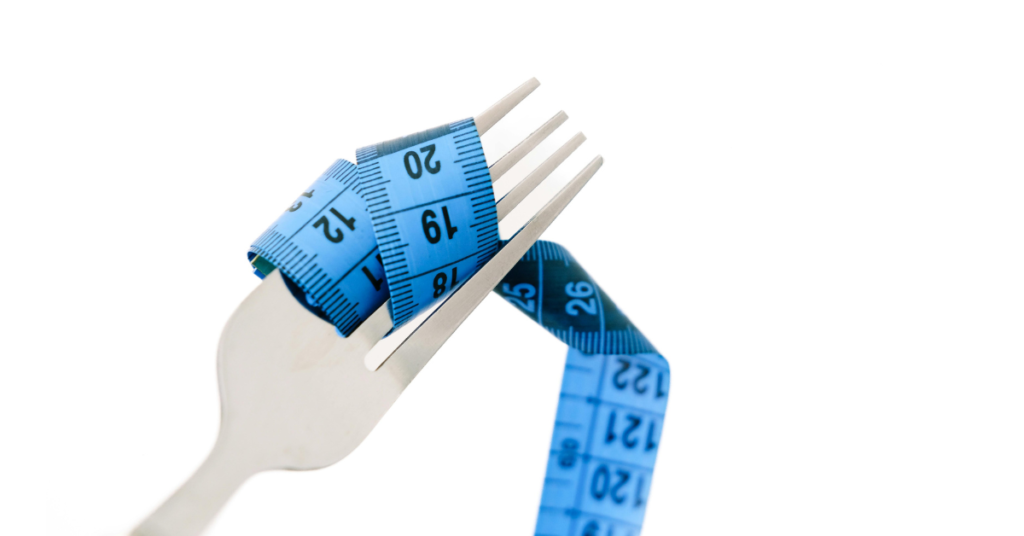Adolescence brings a whirlwind of physical, emotional, and social changes. During this critical developmental period, how young people perceive their bodies can profoundly impact their mental health and wellbeing.
At a time when self-identity is forming, societal pressures and unrealistic beauty standards can create a perfect storm that sometimes leads to disordered eating behaviours and, in more severe cases, clinical eating disorders.
Understanding body image in teens
Body image refers to how an individual perceives, thinks, and feels about their physical appearance. For today’s teenagers, developing a healthy body image is increasingly challenging.
A recent study by Mental Health Foundation found that 37% of teenagers felt upset and 31% felt ashamed of their body image, with girls typically experiencing higher levels of dissatisfaction than boys—though this gap is narrowing.
Several factors contribute to negative body image among teens:
- Social media and digital influences: With teenagers spending an average of 3.5 hours daily on social media platforms, exposure to edited images and “idealised” body types has become nearly unavoidable.
- Peer relationships: Comparison with peers and experiences of weight-based teasing significantly influence how teens view themselves.
- Family dynamics: Parental comments about weight and modelled behaviours around food, exercise, and body talk create powerful impressions.
- Cultural messages: Mainstream media, advertising, and entertainment continue to promote narrow beauty ideals despite growing body-positive movements.
When body image concerns become eating disorders
Negative body image alone doesn’t cause eating disorders, but it’s often a significant risk factor. Eating disorders represent serious mental health conditions characterised by disturbed eating behaviours and distressing thoughts and emotions related to food and body weight.
The NHS estimates that approximately 1.25 million people in the UK have an eating disorder, with the highest prevalence among young people aged 14-19. Common eating disorders affecting UK teens include:
- Anorexia Nervosa: Characterised by restrictive eating, intense fear of gaining weight, and distorted body perception
- Bulimia Nervosa: Involving cycles of binge eating followed by compensatory behaviours like purging
- Binge Eating Disorder: Marked by recurrent episodes of eating large quantities of food with feelings of loss of control
- Avoidant/Restrictive Food Intake Disorder (ARFID): Involves limited food intake but without body image concerns
- Other Specified Feeding or Eating Disorders (OSFED): Conditions that don’t meet full criteria for other disorders but cause significant distress
Eating disorders: Warning signs for parents and educators
Early intervention improves recovery outcomes. Be alert to these warning signs in teenagers:
- Dramatic weight changes (loss or gain)
- Preoccupation with weight, food, calories, and dieting
- Development of food rituals (excessive chewing, not allowing foods to touch)
- Withdrawal from previously enjoyed activities
- Frequent comments about feeling “fat” despite weight loss
- Excessive exercise regimes
- Disappearing after meals (possibly to purge)
- Physical symptoms like dizziness, feeling cold, or sleep disturbances
- Wearing baggy clothes to hide weight loss
Building resilience: Prevention strategies
While not all body image concerns lead to eating disorders, fostering resilience against negative body image can help protect teens. Effective approaches include:
- Media literacy education: Teaching young people to critically evaluate media representations of bodies
- Focus on function over form: Encouraging appreciation for what bodies can do rather than how they look
- Positive role modelling: Adults demonstrating healthy relationships with food and their own bodies
- Open communication: Creating spaces where teens can discuss body concerns without judgment
- Emphasising health over appearance: Promoting balanced nutrition and enjoyable physical activity without weight-focused goals
Treatment approaches for eating disorders in teens
For teenagers experiencing eating disorders in the UK, there are a variety of approaches. We will delve into each of these approaches in future posts.
- NHS Child and Adolescent Mental Health Services (CAMHS): Specialised teams providing assessment and treatment
- Family-based treatment (FBT): An evidence-based approach where parents play an active role in supporting their child’s recovery
- Cognitive Behavioural Therapy (CBT): Addressing unhelpful thought patterns around food and body image
- Multidisciplinary support: Involving mental health professionals, dietitians, and medical doctors
- Inpatient treatment: For severe cases where medical stabilisation is required
Supporting eating disorders recovery: The role of parents and carers
Parents and carers are crucial allies in recovery. Helpful approaches include:
- Educating themselves about eating disorders while avoiding blame
- Creating a home environment where all foods fit and body diversity is celebrated
- Focusing conversations on feelings and experiences rather than appearance
- Seeking professional support for themselves during their child’s treatment
- Maintaining hope for recovery, which is absolutely possible with appropriate support
Final thoughts on body image and eating disorders in teenagers
The relationship between body image and eating disorders is complex and multifaceted. For teenagers navigating these challenges, compassionate, non-judgmental support makes all the difference. By addressing societal pressures, fostering resilience, and ensuring access to appropriate treatment, we can help young people develop healthier relationships with their bodies and food.
If you’re concerned about a teenager in your life, reaching out for professional eating disorder support is a crucial first step. Remember that eating disorders are serious mental health conditions requiring specialised treatment—but with the right support, recovery is possible.



